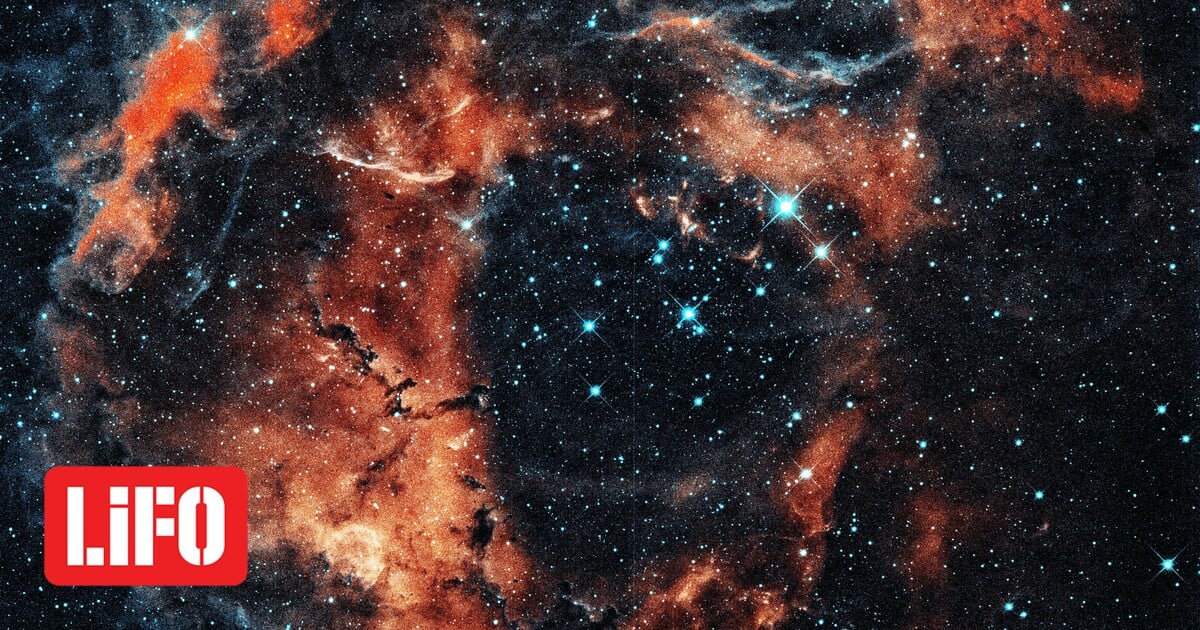
benefit from it artificial intelligenceAn international team of scientists has provided the answer for what happened next the great explosion Where it was found that the first stars in the universe were born in it groups And Not individually.
after Big bang (Big Bang), the only elements in the universe were hydrogen, helium and lithium, while most of the other elements that make up the world around us resulted from nuclear reactions in stars.
Some elements are formed by nuclear fusion in the core of a star and others are formed in the explosive death of a star.
the The first generation of starsthe first to produce elements heavier than lithium, displays special interestbut she Difficult to study Because none of them were ever directly observed, it is assumed that they all actually exploded as supernovae.
Researchers are trying to draw conclusions about first-generation stars by studying them Chemical “signature”. From the first generation of supernovae imprinted on the next generation of stars.
Based on its excellent composition Stars are poor in minerals (rare but numerous enough to be analyzed as a group) are thought to be stars that formed after the first round of supernovae.
in researchPublished in The Astrophysical Journal, a team of scientists from University of Tokyothe National Astronomical Observatory of Japan And University of Hertfordshire Use a new style by taking advantage of it artificial intelligence To explain the chemical composition of more than 450 extremely poor metal stars observed using telescopes.
They found that 68% of these stars have it chemical fingerprint Which is consistent with the enrichment of multiple antecedents Supernova.
In order for the remnants of several previous supernovae to be mixed into a single star, he deduced that the supernovae must have occurred in nearby Thus, in many cases, the stars of the first generation formed together in groups.
The research team hopes to apply this method to new data from existing and planned observational surveys to better understand the early days of the universe.
With information from APE-MPE

“Avid problem solver. Extreme social media junkie. Beer buff. Coffee guru. Internet geek. Travel ninja.”





More Stories
PS Plus: 'Fire' in May – see free PS4 and PS5 games
Apple announced the new Beats headphones for iPhone and Android at an attractive price!
Climate change: Experts are “ringing the bell” for dire consequences in the near future